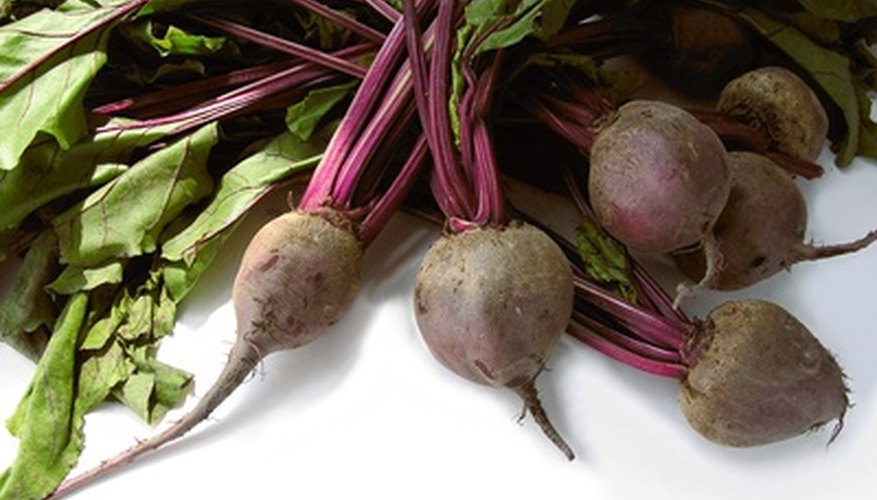Glucose is a monosaccharide and the most common form of carbohydrate. It is also sometimes called dextrose, or blood sugar. Glucose is produced by chlorophyll in plants and exists in high concentrations in plants such as sugar beets and sugar cane. The plants produce glucose from carbon dioxide, using energy from sunlight and then convert it to starch for storage. In the lab, glucose is usually made into solution from a powder, as needed.
- Glucose is a monosaccharide and the most common form of carbohydrate.
- In the lab, glucose is usually made into solution from a powder, as needed.
Determine the total volume you will need. Here, we will assume you are making 1,000ml. You will also need to determine the percentage glucose solution you will need. This will depend on the experiment or procedure you are performing.
To determine the amount of powdered glucose you will need to make a solution of a given per cent, you multiply (mass/volume) * volume. So, in order to make up 1,000ml of a 40-percent glucose solution, you would multiply (40g glucose/100ml) * 1,000ml = 400g glucose. To make a 15-percent solution, you would multiply (15g/100ml) * 1,000ml = 150g glucose. For a five-percent solution, you would multiply (5g/100ml) * 1,000ml = 50g glucose.
Put 500ml deionised water into a 1,000ml beaker, along with a stir bar. Place the beaker on a hotplate and turn on the heat and stir functions. You do not want the water to boil, but you will need it to get hot, or else the glucose will not go into solution.
Measure out the correct amount of glucose and add this to the beaker. You will need to continue stirring the solution over heat for a few minutes after adding the glucose. Add deionised water to bring the volume up to 1,000ml.
TIP
If you do not intend to use the solution immediately, you will need to autoclave it. You should aliquot the solution into a bottle or bottles, and autoclave according to the instructions on your laboratory autoclave, remembering to loosen the caps on the bottles before autoclaving and tightening them afterward.
